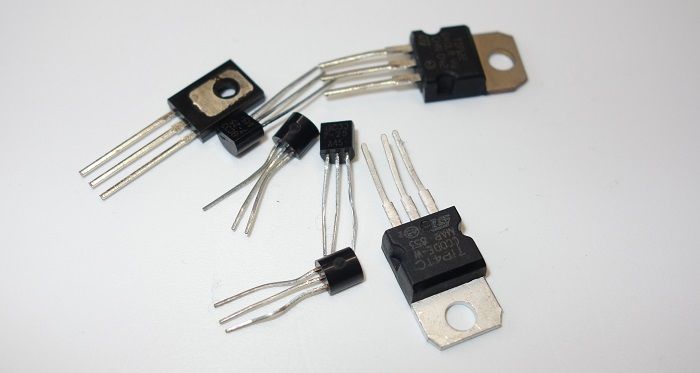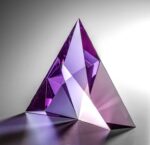
What is Transistor? Types of Transistor, Working of N-P-N and P-N-P Transistors
What is Transistor? Answer :- Transistor is a semiconductor device that can both conduct and insulate. A transistor can act as a switch and an amplifier. It converts audio waves into electronic waves and resistor. Controlling electronic current. Types of Transistor :- There are two types of Transistor – (1) N-P-N transistor. (2) P-N-P transistor….

















